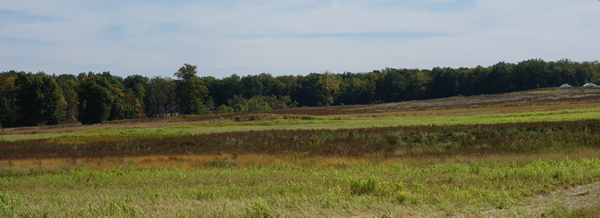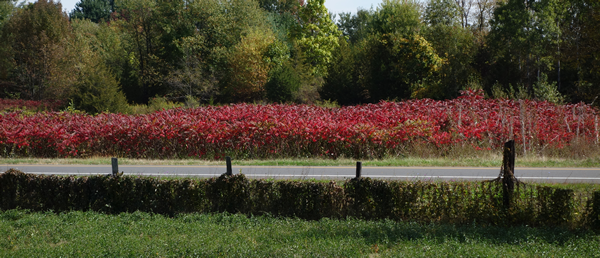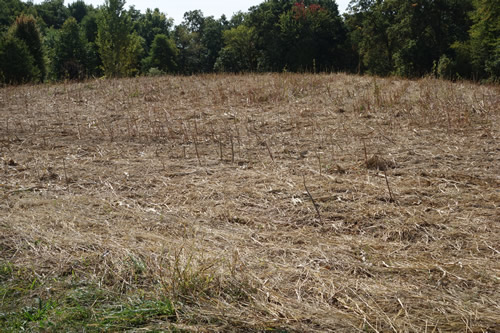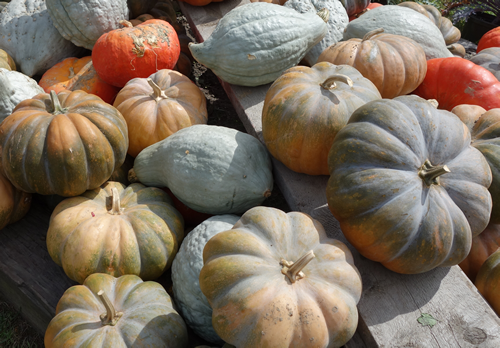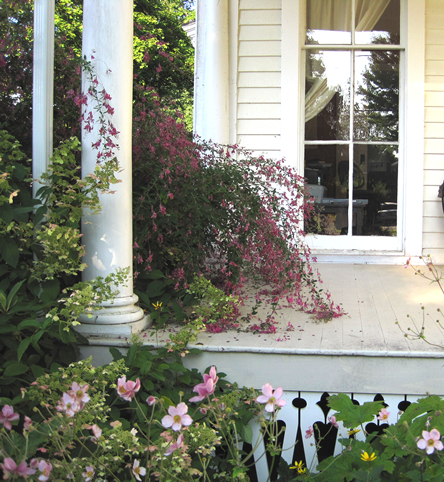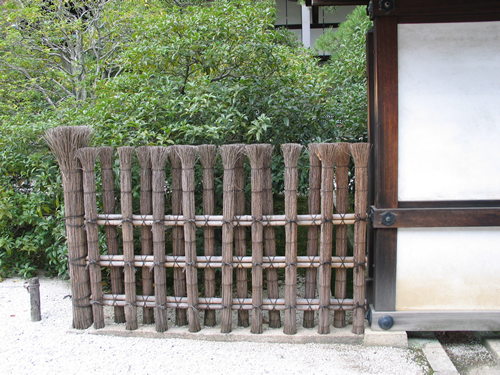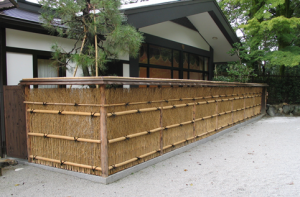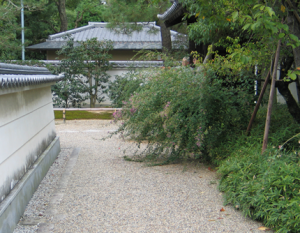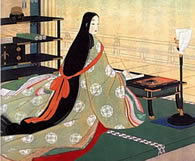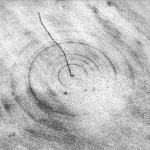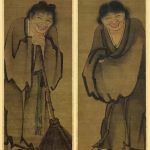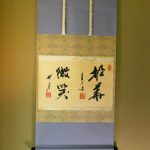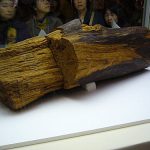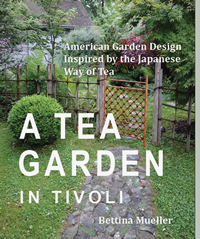November super moon
All day I have been disoriented. One thread of myself not following the other.
The weather report says
“Cloudy skies. Slight chance of a rain shower. Low near 35F. Winds light and variable.”
But they didn’t mention that the full moon tonight is the closest moon to rise in almost 69 years. In fact, the full moon won’t come this close to Earth again until Nov. 25, 2034.
All I know is that my Saga Chrysanthemums have finally bloomed.
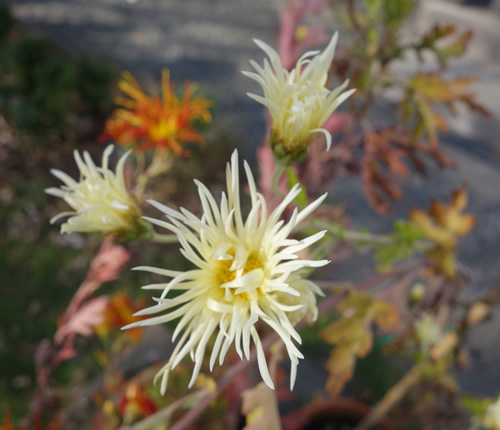
I suddenly looked around
It’s late September and yesterday was the first day of autumn – officially. The days have been getting colder but I’ve been more concerned about the drought we’re in and the new plants I need to keep watered to notice much else.
But today I drove to town and everything seems to have changed. Even the most ordinary things are beautiful: farm fields, newly harvested squash, an old rusty fence.
In the ninth month – Hagi
In one of the most poignant scenes of The Tale of Genji when Murasaki is dying, she writes her last poem:
“So briefly rests the dew upon the hagi
Even now it scatters in the wind.”
I associate Hagi with all the poetry and romanticism of Japan and it was one of the first things I planted in my garden. I love how it cascades over my front porch in the autumn.
Bush Clover ( Lespedeza Japonica), known in Japan as ‘Hagi’, is one of the seven grasses of autumn and is mentioned in hundreds of verses of the Manyoshu poetry anthology compiled in the 9th century. Hagi is associated with dew and fleeting qualities of life.
In the Hein period of Sei Shonagaon, clothing was formal and women wore many layers of kimono. Color combination of the layers was of prime importance and the names given to the colors were associated with nature, usually plants and flowers. There was a ‘Hagi’ combination of maroon over spring-shoot green, worn only in the autumn.
When I was in Japan I saw Hagi growing everywhere. Brushwood fences are even made from it’s branches.

